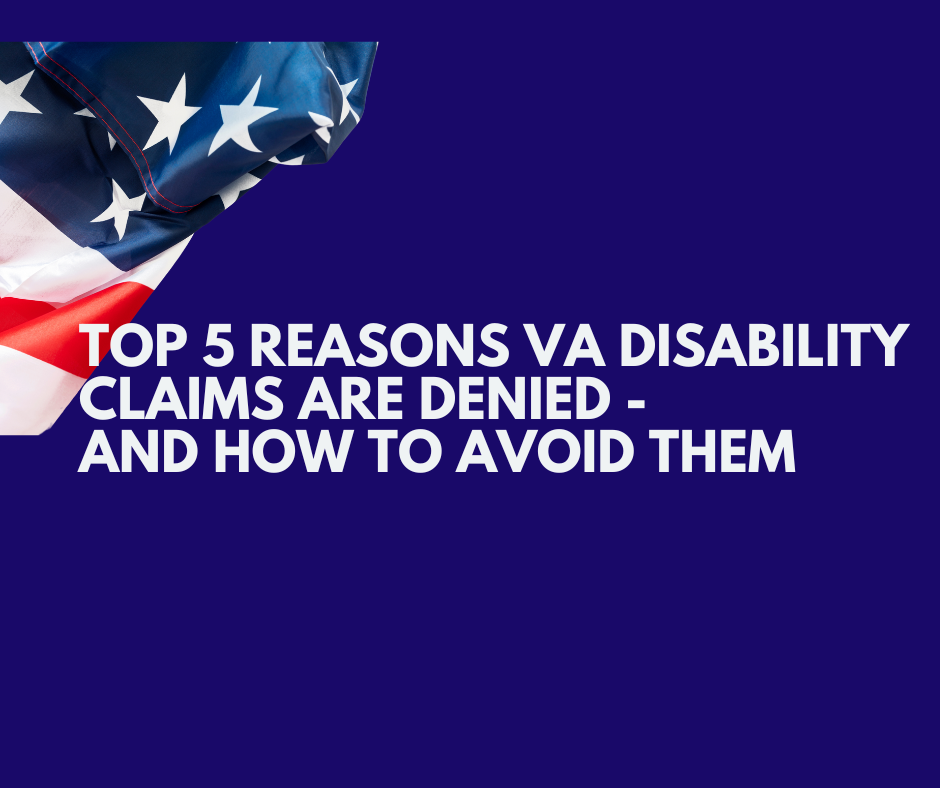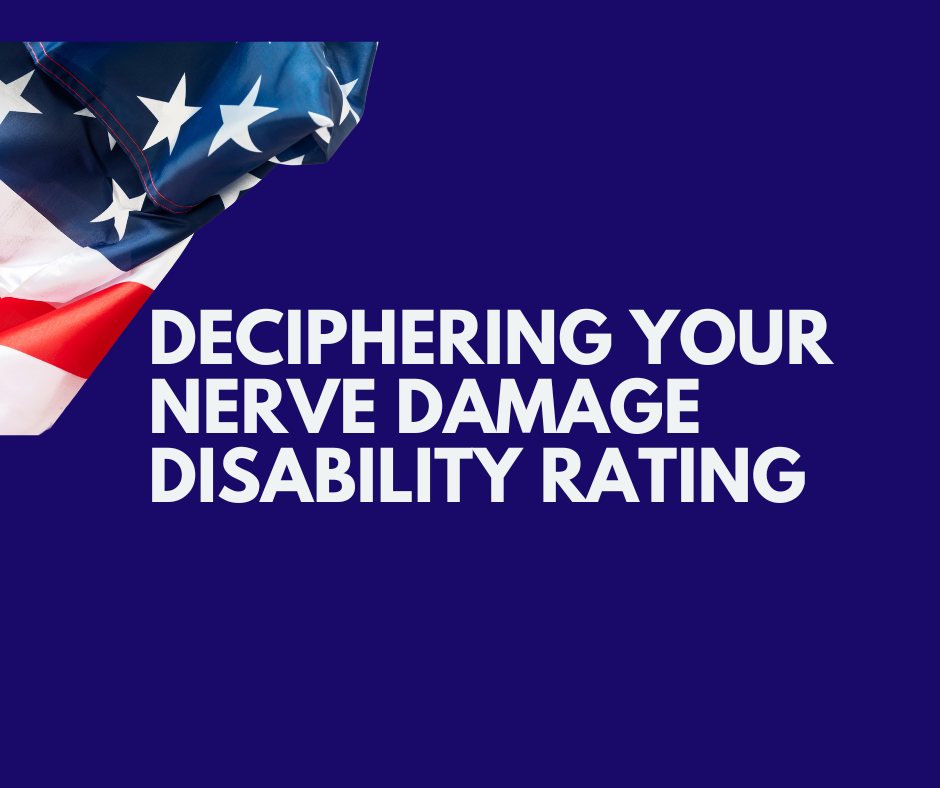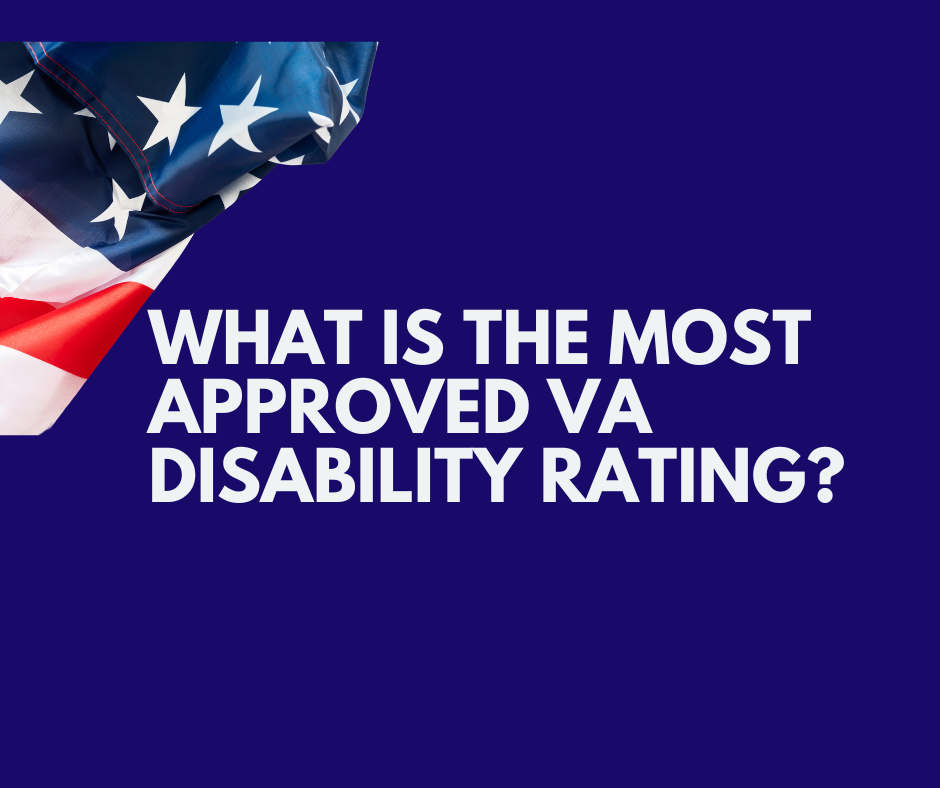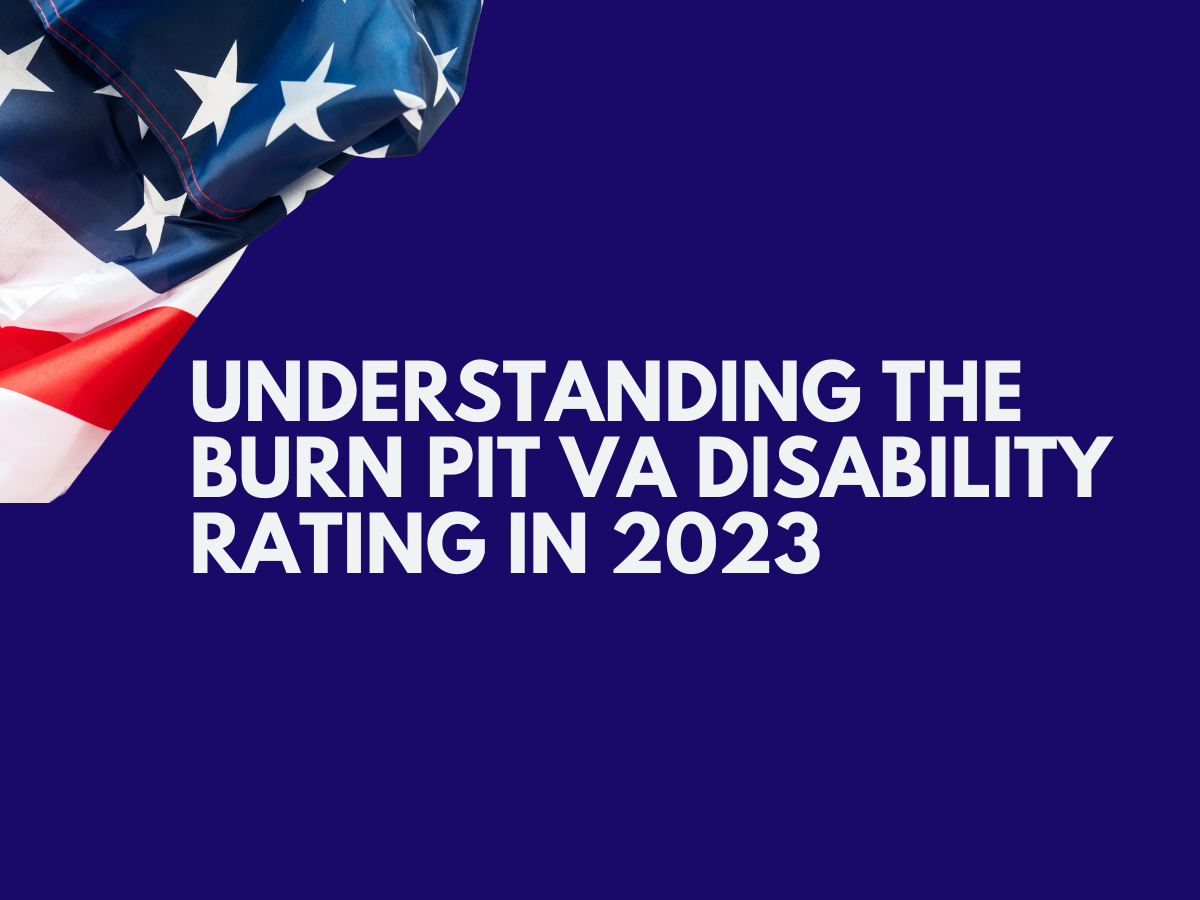When it comes to VA disability benefits, “can the VA take away 100 permanent and total disability” is a crucial topic for many veterans. This blog post will provide you with essential information and guidance on 100% P&T Disability, its differences from other disability ratings, and how to maintain these valuable benefits. Let’s dive into this important subject and empower you with the knowledge to navigate the VA system, keeping in mind the question, can the VA take away 100 permanent and total disability?
Key Takeaways
-
Understanding 100% Permanent and Total Disability, its definition & criteria, and how it differs from other disability ratings.
-
The VA can reduce or terminate P&T benefits if a veteran’s condition improves or they no longer meet the eligibility criteria, with protections in place to ensure fairness of process.
-
Resources available for veterans with 100% P&T Disability include expedited SSA programs, housing grants & vocational rehabilitation programs to improve quality of life.
Understanding 100% Permanent and Total Disability
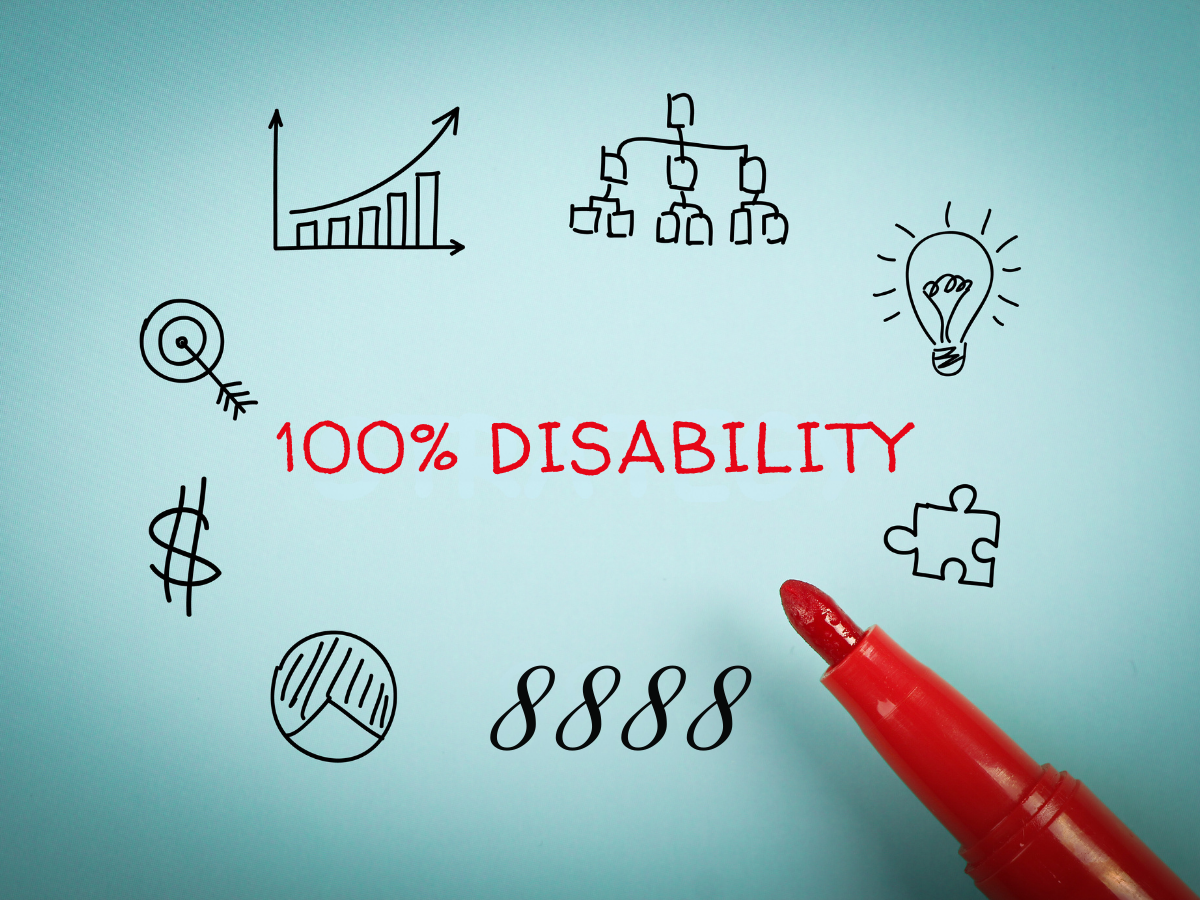
100% P&T Disability is a classification given by the VA to veterans with a service-connected disability that is deemed to be permanent and total. Essentially, the VA determines that the veteran has a single condition rated at 100%, making it impossible for them to maintain substantially gainful employment.
But how does this differ from other disability ratings like Total Disability Individual Unemployability (TDIU)?
Definition and Criteria
The criteria for 100% P&T Disability are:
-
The veteran must have a single condition rated at 100%
-
The condition is not expected to improve over time
-
It makes it impossible for the veteran to maintain substantially gainful employment.
TDIU, on the other hand, is a rating for veterans who cannot work due to their service connected disability rated, even if their combined disability rating is lower than 100%. This may be the case for those who have experienced active duty service and are now facing challenges in the workforce, such as marginal employment or finding odd jobs, as a result of their service connection.
To qualify for TDIU and receive TDIU benefits, a veteran must meet the following criteria:
-
Have a service-connected disability
-
Be unable to maintain gainful employment
Differences Between P&T Disability and Other Ratings
Total Disability Individual Unemployability (TDIU) Permanent and Total benefits aim to provide the same level of disability compensation to veterans with a lower rating as those who receive 100% disability payments due to their military service. This means that, while both 100% P&T Disability and TDIU provide compensation for veterans unable to work, TDIU is designed for veterans who may not meet the 100% disability rating criteria but still cannot maintain gainful employment due to service-connected disabilities. By understanding the eligibility requirements and application process for TDIU benefits, veterans can ensure they receive the support they deserve.
Can the VA Reduce or Terminate 100% P&T Disability Benefits?

Regrettably, the VA can reduce or terminate 100% P&T Disability benefits. Such a scenario may arise if the veteran’s condition ameliorates or if they fail to meet the eligibility benchmarks based on their service-connected disability rating.
But what is the process that the VA follows when reevaluating a veteran’s disability rating?
Reasons for Reduction or Termination
The VA may reduce or terminate 100% P&T Disability benefits under certain conditions, such as proof of medical improvement, fraud, or if the veteran no longer meets the requirements for VA disability benefits. For instance, if a veteran has an ‘unprotected rate’ and their medical condition improves, the VA can reduce their rating.
However, if the veteran has a ‘protected rating,’ the VA cannot reduce their rating even if their medical condition improves.
The VA Reevaluation Process
The VA reevaluation process involves:
-
Reviewing the veteran’s medical records and other evidence
-
Determining their continued eligibility for 100% P&T Disability benefits or if they qualify for increased compensation
-
Considering the veteran’s medical records, any changes in their condition, and any other relevant information when deciding whether a reassessment is needed.
Veterans need to comprehend this process and brace themselves for potential reevaluations to preserve their benefits.
Protections for Veterans with 100% P&T Disability

Though the possibility of benefit reduction or termination can be alarming, safeguards exist for veterans with 100% P&T Disability. These include stabilized ratings and due process rights, which offer additional layers of security for eligible veterans.
Stabilized Ratings
A stabilized rating is a VA disability rating that remains the same or increases over five years or more. Once a rating has been stable for that long, it is less likely to be lowered by the VA. Consequently, stabilized ratings offer additional security for veterans with 100% P&T Disability, diminishing the likelihood of the VA reducing or terminating their benefits.
Due Process Rights
Due process rights ensure that the VA doesn’t make any unfair decisions regarding a veteran’s benefits. The VA must provide advance notice if they plan to reduce or terminate benefits, allowing the veteran an opportunity to provide evidence and argue against the proposed change. This legal protection guarantees fair treatment and procedures before the government takes away a veteran’s benefits, offering an essential safeguard for those with 100% P&T Disability.
How to Appeal a Reduction or Termination Decision

Should you encounter a reduction or termination of your 100% P&T Disability benefits, understanding how to contest the decision is vital. By gathering evidence and navigating the appeals process, you can challenge the VA’s decision and fight to maintain your benefits.
Gathering Evidence
When appealing a reduction or termination decision, it is essential to:
-
Submit a written appeal within the specified timeframe.
-
Present any new evidence that wasn’t considered previously.
-
Show proof that the decision was applied incorrectly.
-
Provide evidence of any new circumstances or changes in the situation.
-
Attach any related documents or records that can support your case.
This evidence will be crucial in showing the VA that you still qualify for disability benefits and ensuring that your benefits are assessed and maintained correctly.
Navigating the Appeals Process
The journey through the appeals process following a reduction or termination decision can be intricate and lengthy. Veterans have four options when appealing:
-
Supplemental Claim
-
Higher-Level Review
-
Board of Veterans’ Appeals
-
Court of Appeals for Veterans Claims
Throughout the process, it is essential to provide all necessary documentation, including a copy of your appeal and any other relevant documents.
Assistance from experienced disability claims lawyers or veterans’ organizations can be invaluable in guiding you through the appeals process.
Tips for Maintaining 100% P&T Disability Benefits
Preserving your 100% P&T Disability benefits is fundamental to your financial stability and overall well-being. To ensure that you continue receiving these benefits, it is essential to follow regular medical care and comply with VA requirements.
Regular Medical Care
Consistent medical care is vital for preserving your 100% P&T Disability benefits. It helps:
-
Demonstrate the ongoing severity of your disability
-
Monitor your condition
-
Identify any changes or worsening of symptoms
-
Receive appropriate treatment
This documentation is vital for proving your continued eligibility for disability benefits and ensuring that your benefits are assessed and maintained correctly.
Complying with VA Requirements
Adhering to VA guidelines is another key aspect of preserving your 100% P&T Disability benefits. By meeting the VA’s criteria, such as having a service-connected disability and ensuring that your disability is rated as permanent and total, you can help guarantee that your benefits are not reduced or terminated.
Failure to follow VA requirements may result in the loss of your benefits, making compliance an essential aspect of maintaining your 100% P&T Disability benefits.
Additional Resources for Veterans with 100% P&T Disability
In addition to the benefits offered by the VA, supplementary resources exist for veterans with 100% P&T Disability. These resources include:
-
Support organizations
-
Educational opportunities
-
Other programs that can help improve your quality of life and ease the challenges associated with your disability.
Some of these resources include:
-
Expedited Social Security Administration programs for disability decisions
-
Housing grants for disabled veterans
-
Dependents’ Educational Assistance (DEA)
-
Vocational rehabilitation programs like the Veteran Readiness and Employment Program
By taking advantage of these additional resources, you can further enhance your support system and better manage the challenges associated with your 100% P&T Disability.
Summary
Understanding 100% P&T Disability benefits and the protections in place for eligible veterans is vital for maintaining these critical benefits. By staying informed about the differences between P&T Disability and other disability ratings, navigating the appeals process, and complying with VA requirements, you can ensure that you continue to receive the support you need. Don’t forget to explore additional resources available to you, which can further enhance your quality of life and help you manage the challenges associated with your disability.
Frequently Asked Questions
Can the VA reduce a permanent and total disability rating?
Yes, the VA can reduce a permanent and total disability rating if they determine that the veteran has shown a significant improvement in their functioning, but this is usually not common. The VA also cannot reduce a rating if it has been at or above a certain level for 20 years or more.
What is the difference between 100 and 100 P&T?
Veterans may receive a permanent rating on individual claims that keep them from reaching 100%, but if they reach 100% overall and their disabilities are determined to be permanent, they can achieve 100% VA P&T.
How long does permanent VA disability last?
Veterans with a P&T rating can receive disability benefits for life, as long as they meet the eligibility requirements. Monthly payments at 100% level are not reduced and age may be factored in when determining if a condition is permanently and totally disabling.
Can the VA take away my disability?
No, the VA cannot take away your disability if it has been in effect for 10 or more years according to 3.957 of the VA code of regulations, unless you obtained them fraudulently, were dishonorably discharged, or didn't complete required service.
What is the difference between 100% disability and TDIU?
100% disability requires being qualified to that level, while TDIU will pay the same rate regardless as long as it can be proven your mental or physical condition prevents you from working.
If the VA is attempting to reduce your rating or you need assistance appealing a Rating Decision, reach out to Lawyers for American Vets today for a free consultation.

